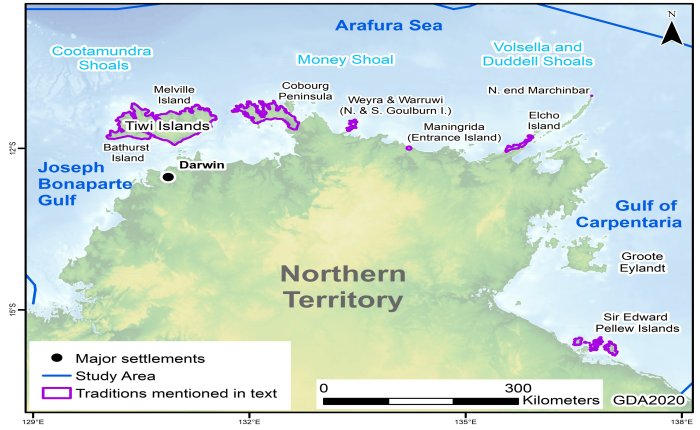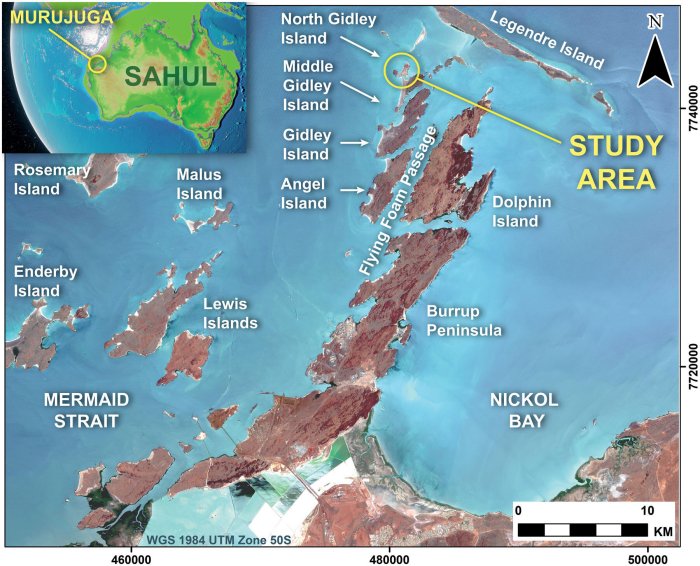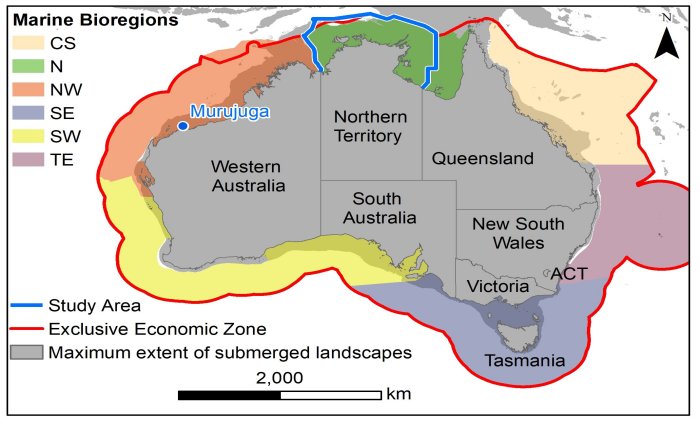Conny Waters – AncientPages.com – New archeological research highlights major blind spots in Australia’s environmental management policies, placing submerged Indigenous heritage at risk.
The Deep History of Sea Country (DHSC) project team has uncovered a new intertidal stone quarry and stone tool manufacturing site, as well as coastal rock art and engravings, during a land-and-sea archeological survey off the Pilbara coastline in Western Australia (WA).
The findings have been published alongside a separate study focused on the Northern Territory which identified underwater environments dating back to the Pleistocene that could provide important environmental and cultural insights into ancient Indigenous migration, land use, and early occupation of Australia.
The findings outline the need for a national policy that ensures resource companies operate with care for Aboriginal heritage and develop protections against climate change, dredging, windfarms, interconnectors, and seabed mining while ensuring industry collaborates with Indigenous stakeholders and archeologists.

Locations of oral traditions with possible connections to sea-level change recounted by Aboriginal communities in the Northern Territory. Credit: Dr John MccArthy in Australian Archaeology. Topography and bathymetry from the SRTM30-plus v 8.0 via the eAtlas service, CC BY 4.0
Aerial, landscape, and ground surveys of North Gidley Island and Cape Bruguieres in Western Australia represent fresh evidence of cultural heritage where hundreds of submerged ancient stone tools made by Aboriginal people, dating back to more than 7,000 years ago, were discovered.
The team has yet to determine the exact age of the sites found on the intertidal zone and fully submerged channel, but the results demonstrate a promising way forward to study the integrated landscape above and below the waterline.
“The challenge we now face for Australian submerged heritage is to extend the discoveries made at Murujuga to other areas, both in the land and seascape around these sites, but also across the Australian continental shelf” says ᴀssociate Professor Jonathan Benjamin, who is the Maritime Archaeology Program Coordinator at Flinders University’s College of Humanities, Arts and Social Sciences.

The islands of Murujuga, showing the location of the study area. The extent of the sub-aerially exposed land. Copernicus Sentinel data 2016 for Sentinel data. Credit: Leach et al in Australian Archaeology
“We need to better understand and manage this underwater cultural heritage through local and national approaches. We must consider the very different scales of research, from ‘big data’ down to the boots-on-the-ground and snorkels-in-the-mouth as we comb Australia’s coasts, intertidal zones and submerged environments to record new archeological sites.
See also: More Archaeology News
Submerged sites are highly likely to be discovered around the continent, and down to depths as great as 130 meters.”
An international team of archeologists from Flinders University, The University of Western Australia, James Cook University, ARA—Airborne Research Australia and the University of York (United Kingdom) collaborated in partnership with the Murujuga Aboriginal Corporation to produce novel aerial and intertidal surveys of the cultural landscape in WA.
Paper
Written by Conny Waters – AncientPages.com Staff Writer






